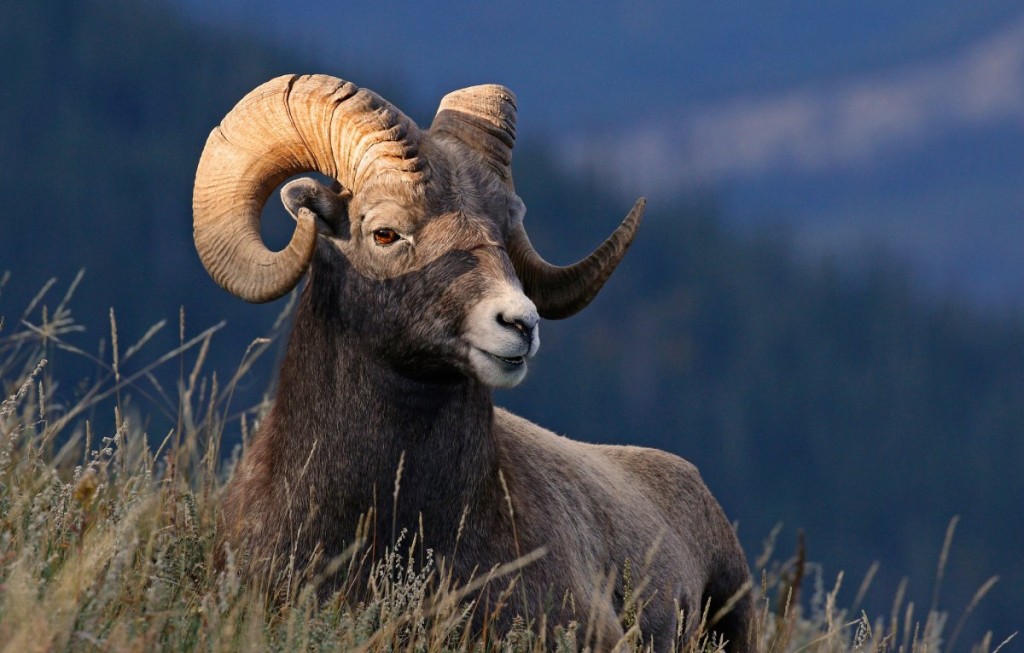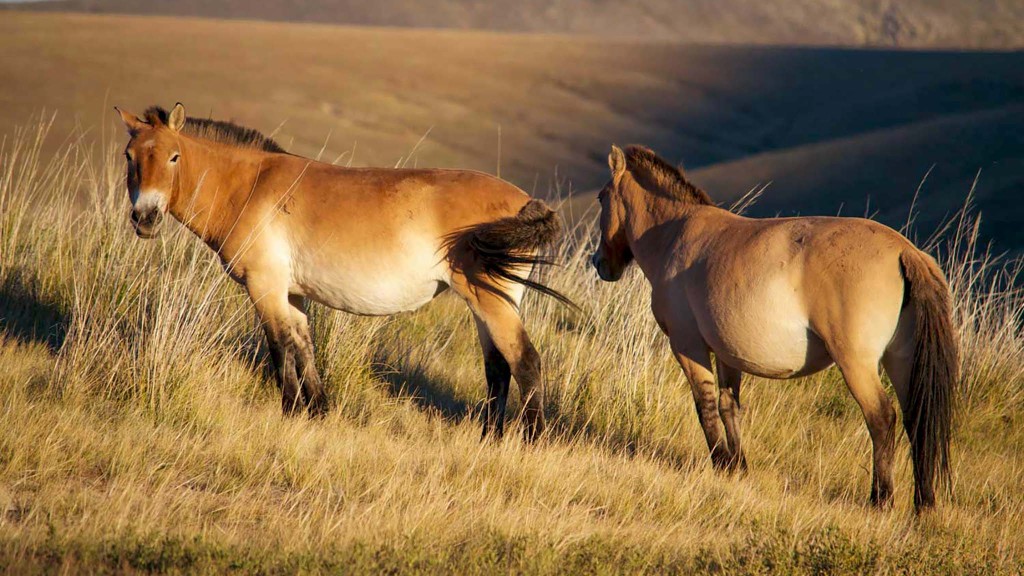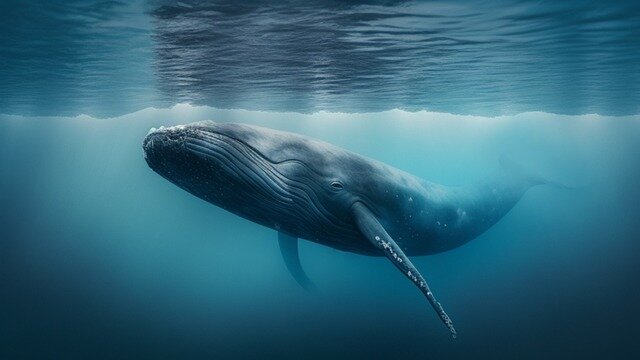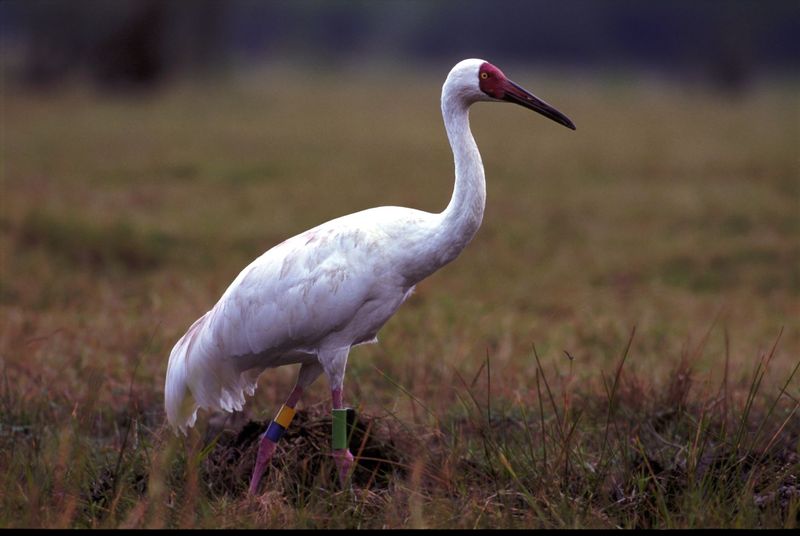October 4, 2023
World Animal Protection Day
This holiday began to be celebrated in Germany in 1925 on the initiative of the writer and cynologist Heinrich Zimmer. At first, the holiday was celebrated in March, but then it was postponed to October 4 – the day of memory of Francis of Assisi. This saint is considered the patron saint of animals and according to legend understood their language.
Since 1931, the holiday has received the status of a World holiday, and now it is celebrated by more than 70 countries. Russia joined the celebration of this important date in 2000.
Now 25% of all plant and animal species on the planet are under threat of extinction. Here are some of them:
1. Argali. Once this mountain sheep was a common inhabitant of the foothills of Altai and the mountains of Transbaikalia. Now, due to poachers who exterminate argali for the sake of meat and curved horns, there are only about 1300 individuals left.

2. Przewalski's horse. There are no charming horses left in nature, they have not disappeared only due to the fact that several individuals have been preserved in zoos and kennels. They are the ancestors of all living Przewalski's horses. To date, there are 2000-2500 pieces.

3. The Far Eastern leopard. This is the rarest wild cat in the world. By the beginning of the century, there were only 30 individuals left in the world. The reasons are the most common: poaching, deforestation and fires. Thanks to the activities of the Land of the Leopard Park, which we wrote about in one of our articles, the number of leopards is gradually increasing, but the status of the species remains "on the verge of complete extinction".

4. The blue whale. It is the largest living mammal. But it was precisely because of its size that it became a favorite prey of poachers, and by the middle of the twentieth century it had practically disappeared – there were about 5,000 individuals left in the world. In 1966, its fishing was completely banned, but the population is still recovering slowly, and the species has an endangered status.

5. White crane (sterkh). Sterkhs live in our country, and winter in China. For a long time, almost nothing was known about them, since they live in hard-to-reach wet places on the shores of reservoirs. Due to the drainage of reservoirs, the population of sterches has greatly decreased, now there are about 3,000 individuals. Reproduction of this species is carried out in the Oka Nature Reserve.

Since 1931, the holiday has received the status of a World holiday, and now it is celebrated by more than 70 countries. Russia joined the celebration of this important date in 2000.
Now 25% of all plant and animal species on the planet are under threat of extinction. Here are some of them:
1. Argali. Once this mountain sheep was a common inhabitant of the foothills of Altai and the mountains of Transbaikalia. Now, due to poachers who exterminate argali for the sake of meat and curved horns, there are only about 1300 individuals left.

2. Przewalski's horse. There are no charming horses left in nature, they have not disappeared only due to the fact that several individuals have been preserved in zoos and kennels. They are the ancestors of all living Przewalski's horses. To date, there are 2000-2500 pieces.

3. The Far Eastern leopard. This is the rarest wild cat in the world. By the beginning of the century, there were only 30 individuals left in the world. The reasons are the most common: poaching, deforestation and fires. Thanks to the activities of the Land of the Leopard Park, which we wrote about in one of our articles, the number of leopards is gradually increasing, but the status of the species remains "on the verge of complete extinction".

4. The blue whale. It is the largest living mammal. But it was precisely because of its size that it became a favorite prey of poachers, and by the middle of the twentieth century it had practically disappeared – there were about 5,000 individuals left in the world. In 1966, its fishing was completely banned, but the population is still recovering slowly, and the species has an endangered status.

5. White crane (sterkh). Sterkhs live in our country, and winter in China. For a long time, almost nothing was known about them, since they live in hard-to-reach wet places on the shores of reservoirs. Due to the drainage of reservoirs, the population of sterches has greatly decreased, now there are about 3,000 individuals. Reproduction of this species is carried out in the Oka Nature Reserve.

Read more
April 12, 2024
April 5, 2024